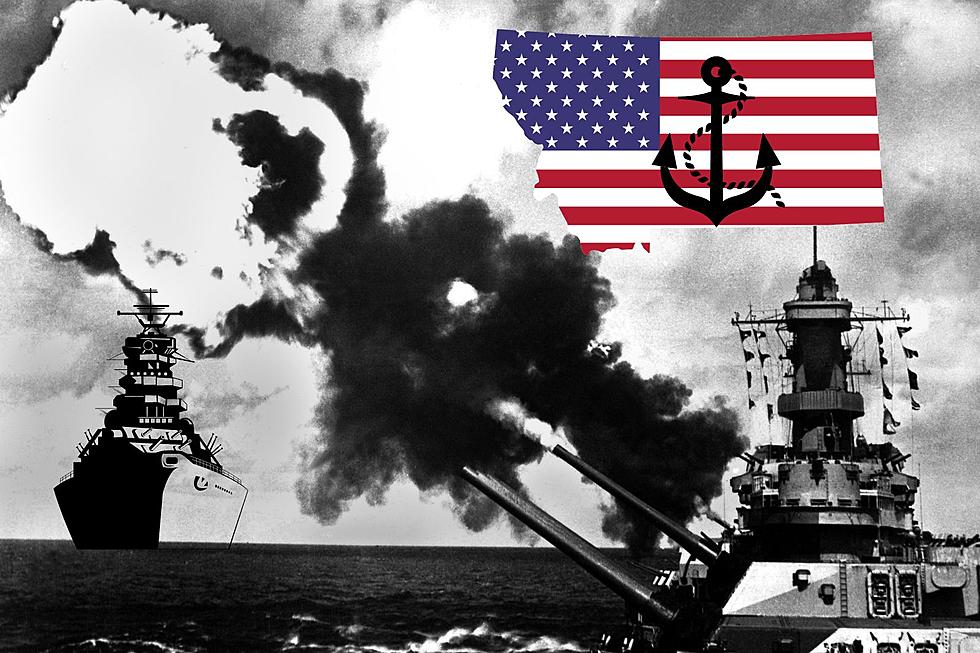
Did You Know Montana Inspired a Class of Massive Warships?
It was 82 years ago today that the entire Pacific fleet of the US Navy was crippled by a surprise Japanese attack on Pearl Harbor. An event that catapulted the US into World War II. As well as a catalyst that drove the production of bigger and better warships to take on the enemy in the Pacific.
After the attack on Pearl Harbor, our Pacific fleet was crippled. Soon after, American industry kicked into high gear and was cranking out ships in record time. We soon had a fleet in the Pacific that was larger than any in the world. And we do mean LARGE.
During WWII, the US Navy designed a massive class of battleships. These battleships dwarfed many on the water. But, they never followed through on the production of the ships. These giant battleships were called the Montana-class.
According to nationalinterest.org
The Montanas would have carried 12 16”/50 guns in four triple turrets, and would have displaced about 65,000 tons. They were to carry 16” belt armor and 9” deck armor, a substantial increase on the Iowas.
The Montanas would have outclassed anything the British, French, or Italians had even conceived of building. The most obvious opponent for the Montanas were the Japanese Yamatos. The Montanas would have been slightly faster than the Yamatos, with a much heavier broadside.
So why did the Navy design these massive battleships, but never build one? It became clear early in the war that aircraft carriers were going to be more efficient in taking down the enemy. The smaller battleships already in the fleet would simply be used as aircraft carrier escorts. The Montana ships were also so large, that they would have taken up too much room in the shipyards being used to build carriers.
Sad we never got to see one in all of its glory. But, there is a bright side to the Montana-class of battleships. Their hull designs were incorporated into the Midway-class of aircraft carriers. Some of which were operational all the way into the 1990s.
